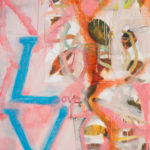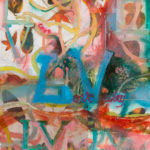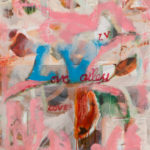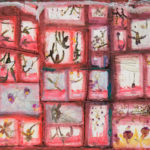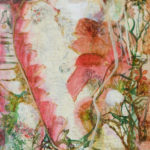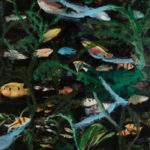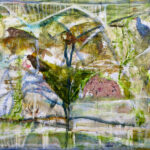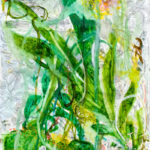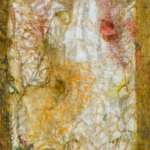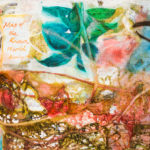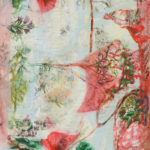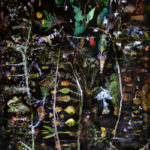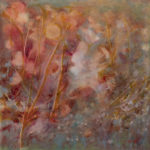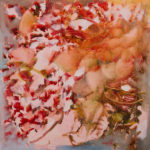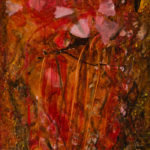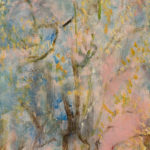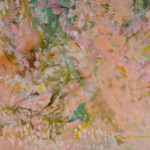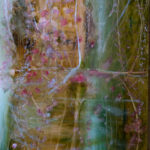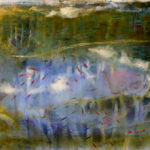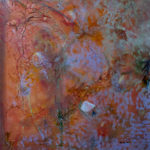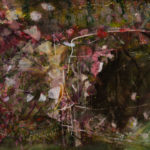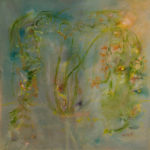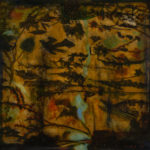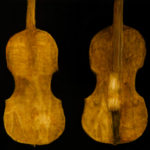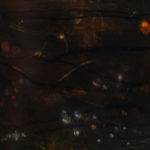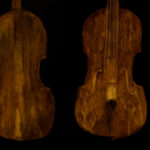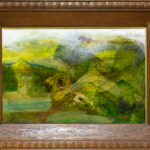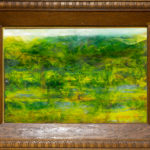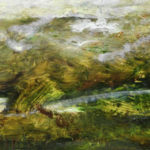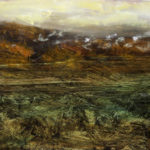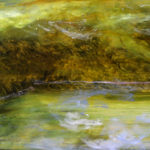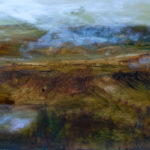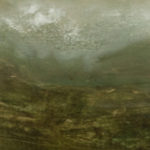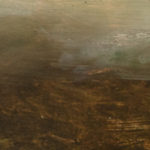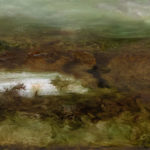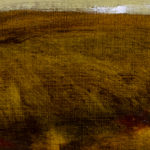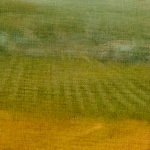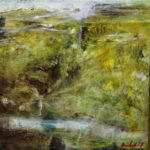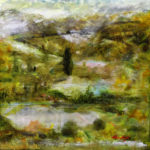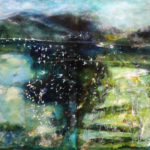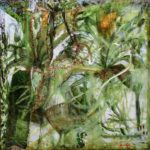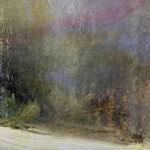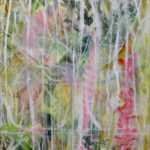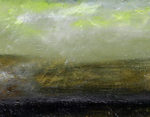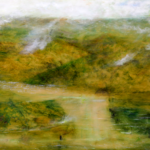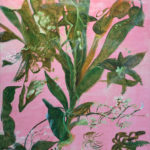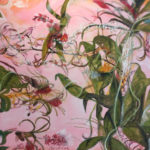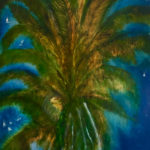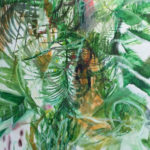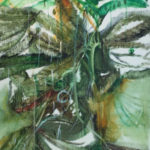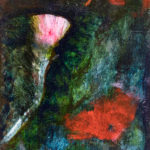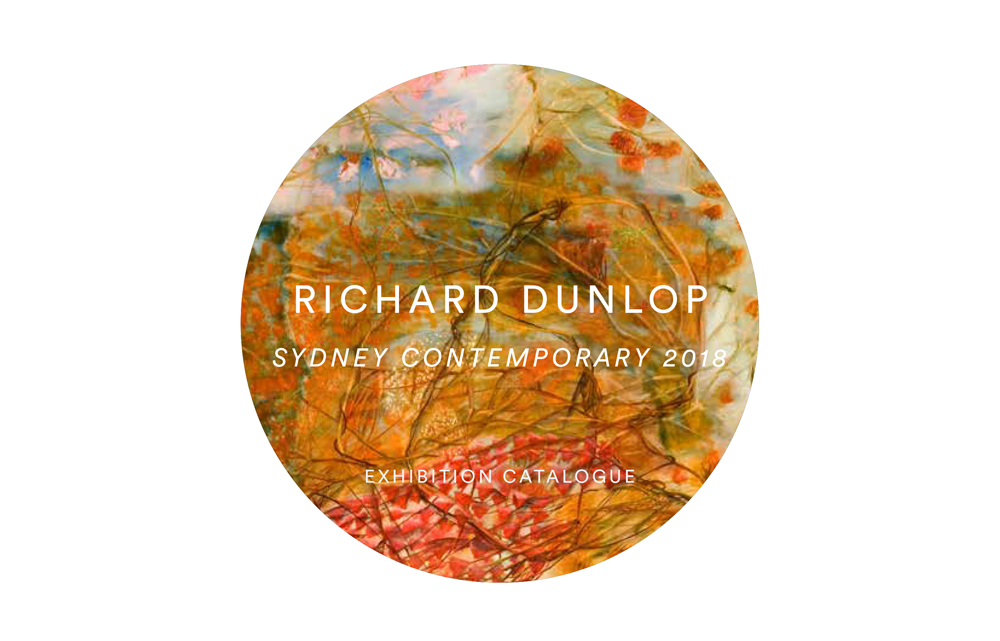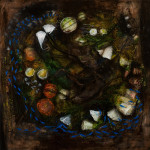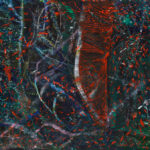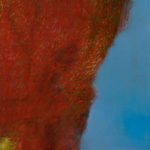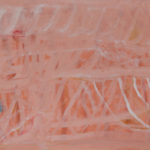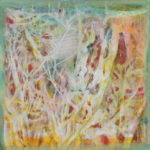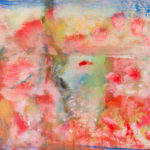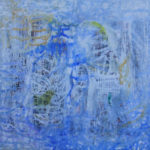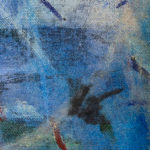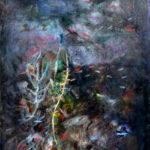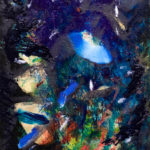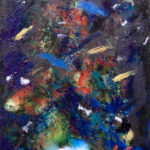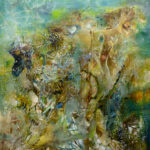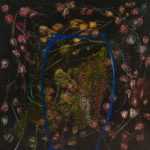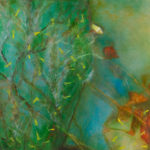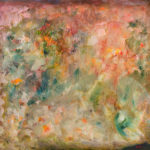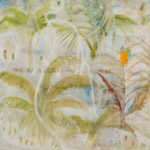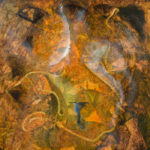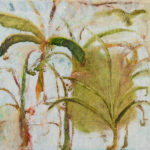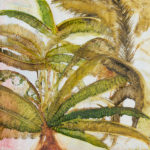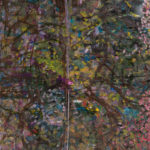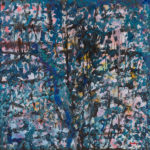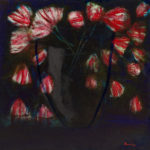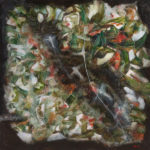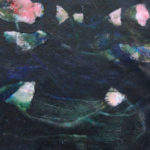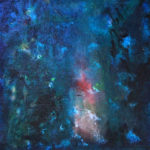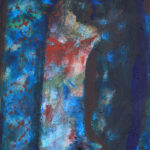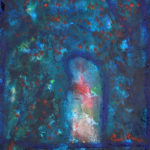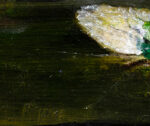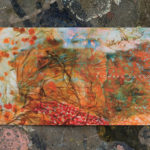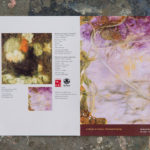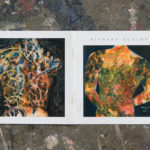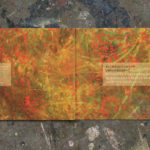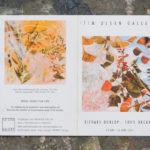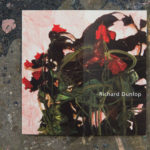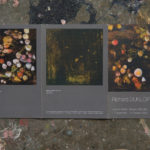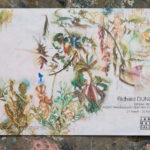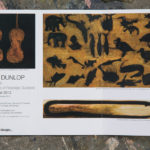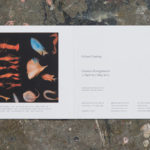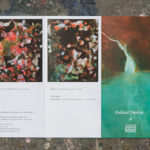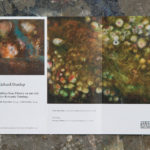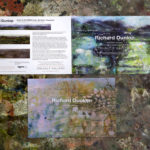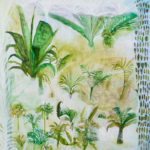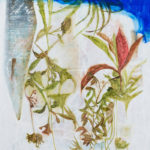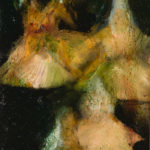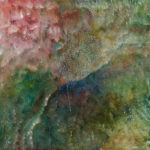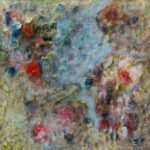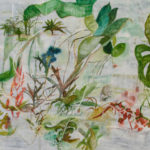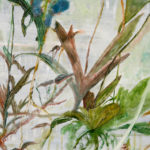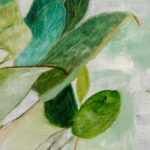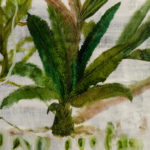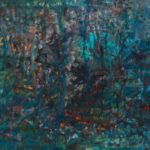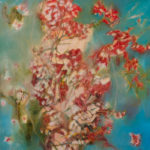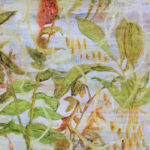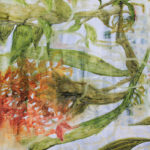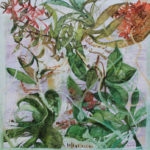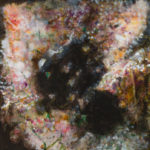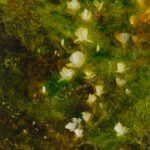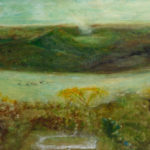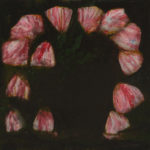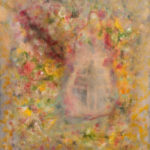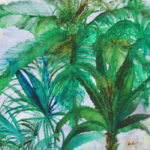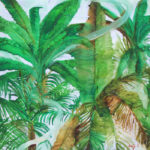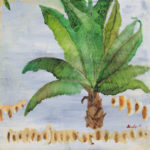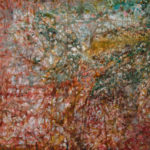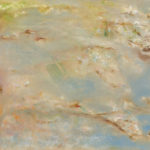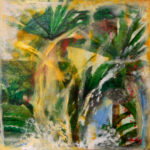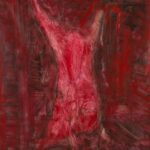-
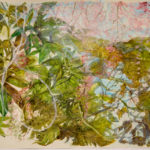
-
2018 oil on linen 150 x 220cm, Sold
-
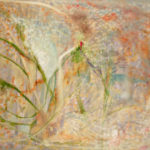
-
2018 oil on Belgian linen 152 x 172cm, Sold
-

-
2018 oil on Belgian linen 150 x 220cm, Sold
-
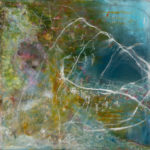
-
2018 oil on linen 165 x 165cm, Sold
-

-
2018 oil on Belgian linen 80 x 137cm, Sold
-
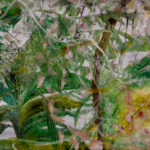
-
2018 acrylic and oil on linen 80 x 137cm, Sold
-
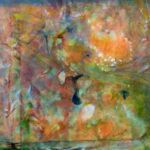
-
2018 oil on linen 95 x 85cm, Sold
-
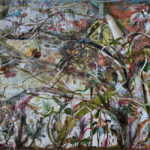
-
2018 oil, acrylic and mixed-media 150 x 180cm, Sold
-
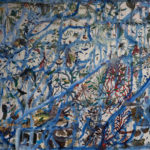
-
2018 oil, acrylic and mixed media 150 x 180cm, Sold
-
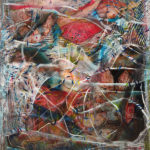
-
2018 oil on Belgian linen 142 x 152cm, $24,000
-
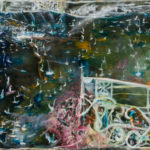
-
2018 oil on linen 100 x 220cm, Sold
-
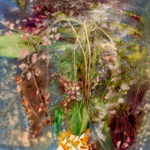
-
2018 oil on Belgian linen 120 x 120cm, Sold
-
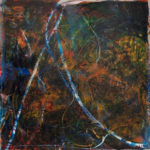
-
2018 oil on Belgian linen 164 x 160cm, Sold
-
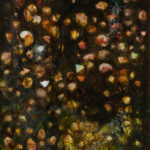
-
2018 oil on linen 198 x 100cm, $20,000
-
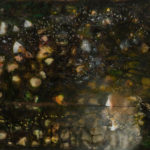
-
2018 oil on linen 100 x 198cm, $20,000
-
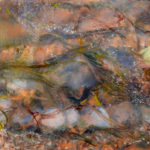
-
2018 oil on linen 90 x 150cm, Sold
-
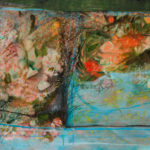
-
2018 oil on linen 142 x 199cm, Sold
-
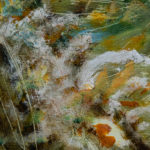
-
2018 oil on canvas 20 x 13cm, Sold
-
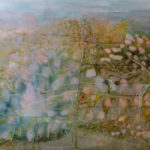
-
2018 oil on linen 135 x 200cm, $24,000 (unframed)
-
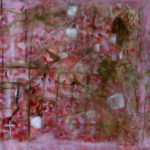
-
2018 oil on linen 90 x 90cm, Sold
-
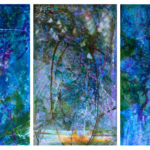
-
2018 oil on linen tryptich 137.5 x 263cm with 10cm spacing between panels, $20,000 (unframed)
-
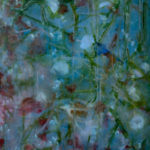
-
2018 oil on linen 60 x 60cm, Sold
-
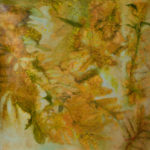
-
2018 oil on linen 122 x 122cm, Sold
-
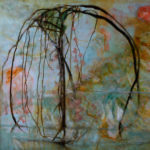
-
2018 oil on linen 100 x 100cm, Sold
-
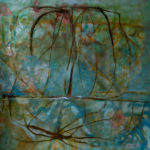
-
2018 oil on linen 100 x 96cm, Sold
-
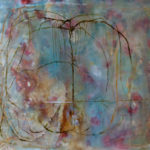
-
2018 oil on linen 108 x 96cm, Sold
-
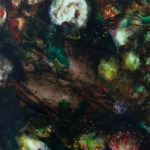
-
2015-2018 52 x 52cm, Sold
-
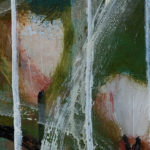
-
2018 oil on canvas 13 x 20cm, Sold
-
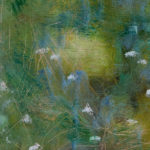
-
2018 oil on canvas 13 x 20cm, Sold
-
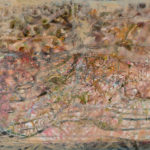
-
2018 oil on Belgian linen 180 x 220cm (framed), Sold
-
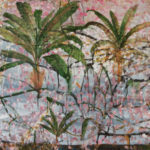
-
2018 oil on linen 120 x 120cm, Sold
-
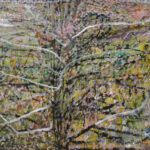
-
2018 oil on linen 132 x 142cm, $18,000
-
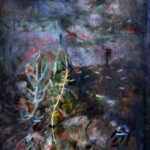
-
2018 oil on Belgian linen 137 x 82cm, $12,000
-
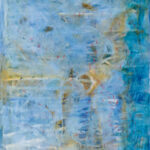
-
2018 oil on Belgian linen 200 x 145cm, Sold
-
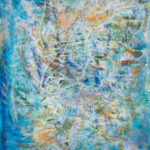
-
2018 oil on Belgian linen 200 x 145cm, Sold
-
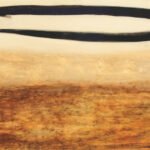
-
2018 oil on board 60 x 90cm, $7,000
“Much of Dunlop’s work is an inquiry into the human need for order and control, and escaping into his fictive worlds – which only seek to assume a sense of reality, and in doing so, transcend it – they can act as a circuit breaker for the viewer so that they may instead see the interconnectedness of things; not only of art traditions to each other, but also of person to place, culture to nature, the finite to the infinite, and memory to experience.” – Eric Nash, 2018
“Like Fairweather, Dunlop is attracted to Eastern philosophy, particularly the Taoist vision of the intertwined relationship between nature and man, heaven and earth. For me, Dunlop’s work is spiritual although he’s a practical fellow who expresses no spiritual aspiration in conversation. He allows the viewer to add layers of meaning and I cannot help but regard his work as inherently spiritual. That spirituality is encapsulated in his vision of the life force that flows through everything. Dylan Thomas wrote about that in his poem The Force that Through the Green Fuse Drives the Flower. That force, wrote Thomas, “drives my green age”. I cannot look at the complex botanical works of Dunlop without thinking of those lines and that “green age”.” – Phil Brown, 2018
“All a poet can do is warn. Art is an exceedingly slow but very effective long-term means of communication across a century or more.” – Wilfred Owen, 1918
“One cannot help but think of Dunlop as an artist with a keen eye for detail and composition, but rather than create work slavishly to these watchwords, he chooses invocation.” – Dr Jonathon McBurnie, Director Perc Tucker Regional Gallery 2018
“A highly original voice in Australian art destined to be blue-chip.” – Steve Cohen, art collector, USA, 2018
“One of our finest contemporary poets, pictures a bonus.” – Les Murray
“Fluidity, somewhat counter-intuitively, is best described as the rolling of discrete particles over one another, commensurate with external pressure. A Northern Survey by Richard Dunlop is so formed, a tumbling of concerns of, and the congealed wisdom of the history of painters who have gone before, attempting to express the same thing. Dunlop interprets the tangle of mangrove roots, the gloom of silty undercurrents and the briny, languorous oaths of inlet fish in thin layers of oil that vary in transparency and explicitness of brushwork. “Oil paint is characteristically liquid” says Dunlop.” – Sheridan Hart
“Richard’s website and career have been very influential among the students for some years now.” – Steven Alderton, Director, National Art School, Sydney
